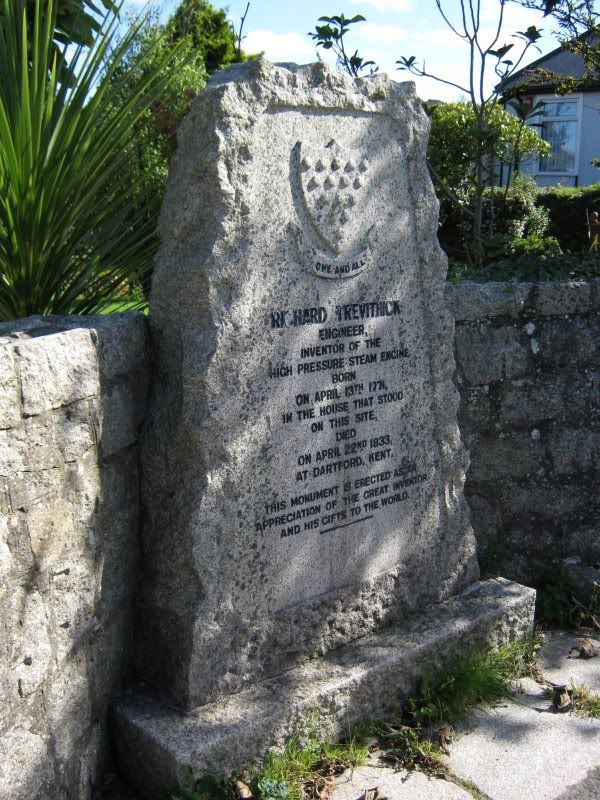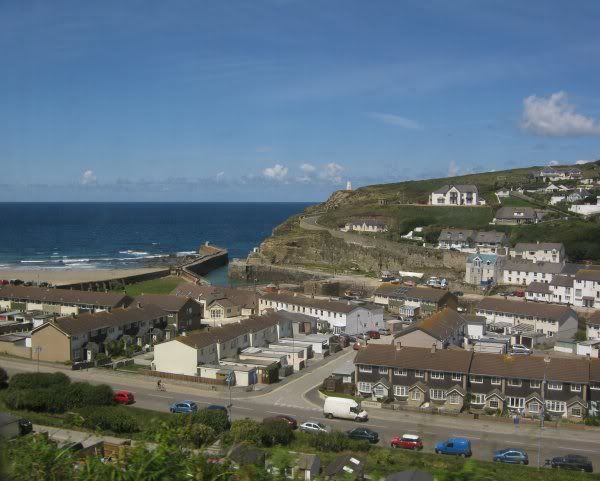I think this fits in here:
Around the world in our home-made plane (... and we’re still speaking to each other!)
By Jonathan Petre
Last updated at 10:45 PM on 1st October 2011
After a year and a day, 99 flights, 23 countries and bags of teamwork, an intrepid couple have flown around the world in a tiny home-made plane they spent 16 years building.
Retired British Airways pilot Patrick Elliott and his wife Linda Walker are believed to be the first married couple to have circumnavigated the globe in a home-built aircraft.
On their epic voyage they diced with death and saw wonders including the Taj Mahal and the Pyramids at Giza.
But according to Linda, 57, their greatest achievement is ‘the fact that we’re still speaking’.
The former City worker said: ‘You are cooped up in a tiny cockpit together and when you land you can be in stressful situations, unable to speak the language and having to think on your feet. But we worked brilliantly as a team. I can’t wait for our next adventure.’
The couple used 1,320 gallons of fuel costing £12,000 and Patrick admitted it probably would have been cheaper to get first-class tickets round the world, ‘but that would be missing the point’.
He said: ‘Now we are home, it’s hard to believe we have actually done it.’ 8)
The pair, from Reigate in Surrey, started work on the plane, a Rutan Long-EZ, in 1991 between Patrick’s BA flights.
They paid £500 for a third-hand manual of instructions and plans for the self-build aeroplane written by leading Nasa engineer Burt Rutan.
Patrick said: ‘As a BA pilot, I was flying passengers all over the world but I had only 24 hours at each destination.
'I didn’t expect to take 16 years. I had to extend the garage half-way through when we outgrew it'
'I wanted the chance to fly round at my own pace and see some of these amazing places. I read about these self-build planes and decided that was how I could do it.’
He had to sculpt, shape and put together every part of the body by hand, carefully following the complicated directions, many of them hand-written and drawn.
Each part was made with different types of foam, covered in fibre glass to withstand pressures of flying, then sealed in resin. The couple went shopping all over America for the more obscure parts, bringing them home in four suitcases and a ski bag, and had an engine imported from New York.
Patrick said: ‘I lost count a long time ago of the hours I spent on it. I can’t even guess. The same for the money. I could have easily bought a commercially made aeroplane for the amount it cost.
‘The record for building one is 18 months. I didn’t expect to take 16 years. I had to extend the garage half-way through when we outgrew it.’
Linda said: ‘At first I called it The Canoe. I could never imagine flying in it. Then the wings went on, and it started to look like a real aeroplane. I realised we were really going up in it.’
Their first flight was in 2007 and they took short trips, such as dropping in to the Isle of Wight for ‘a cup of tea’, before venturing further afield.
After 18 months of planning and negotiations with far-flung airfields, they took off around the world in September 2010. The couple spent 241 hours and 22 minutes in the air in the 16ft 7in long plane before returning home last month.
Speaking of the 37,398-mile journey, Patrick, 57, said: ‘The plane was brilliant and was a real talking point wherever we landed and helped us meet some really interesting people.’
He said there had been a couple of hairy moments, especially when making a difficult approach in strong winds to a small landing strip in Crete.
‘I thought the aircraft was going to hit the ground harder than it eventually did. My heart was in my mouth, but we got down safely.’
The couple did an average of 155mph at an average altitude of up to 6,500ft.
They now hope to fly from the north to the south of Africa, before attempting an ambitious journey from Pole to Pole.
Read more:
http://www.dailymail.co.uk/news/article ... z1ZcVlkh4K





 )
)




